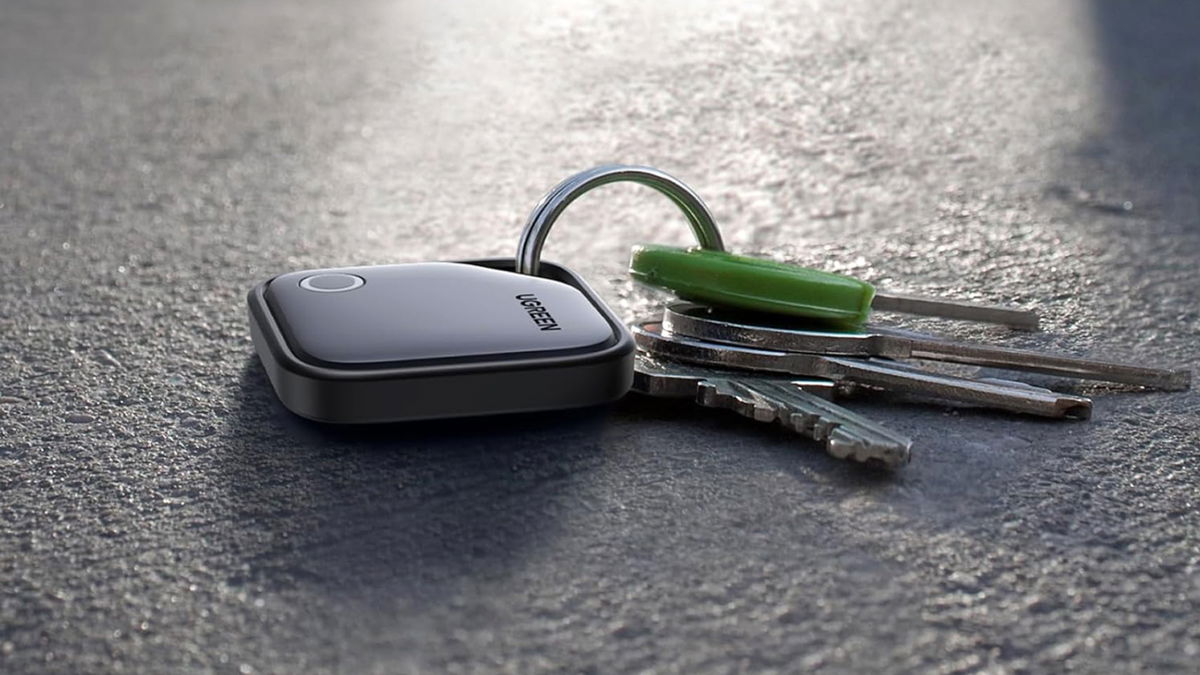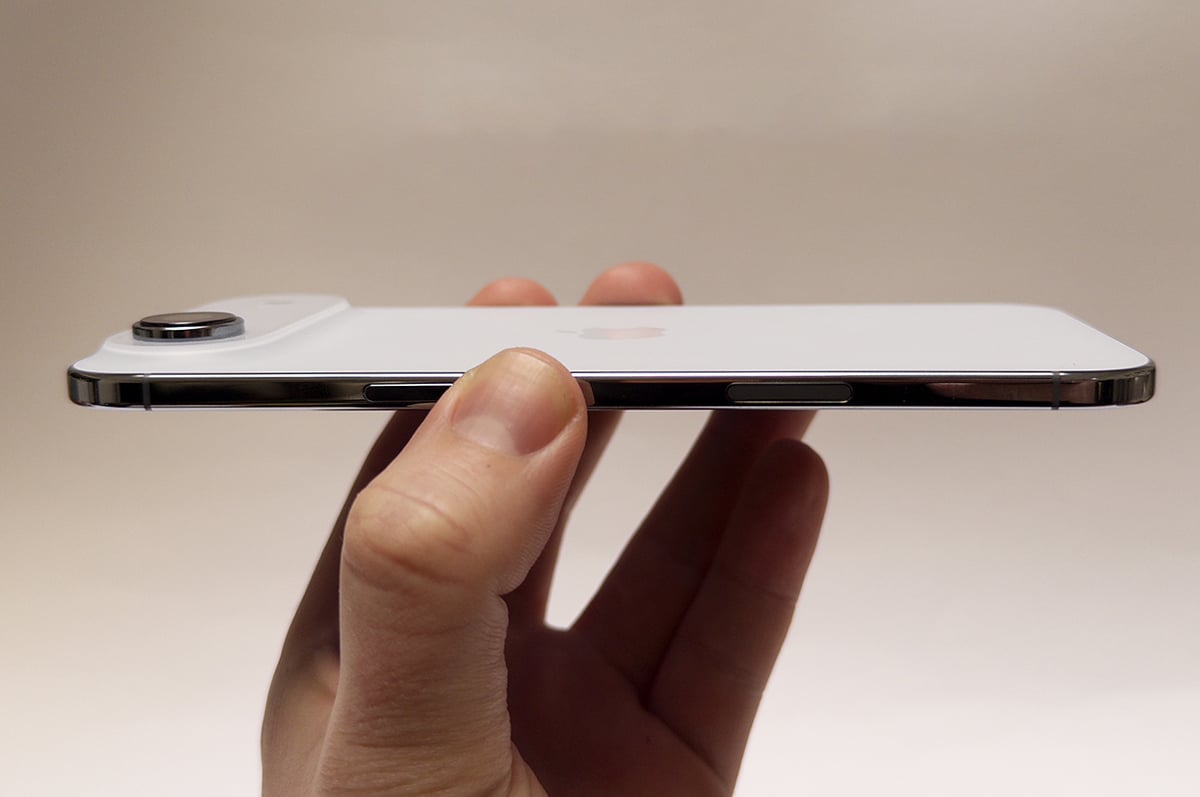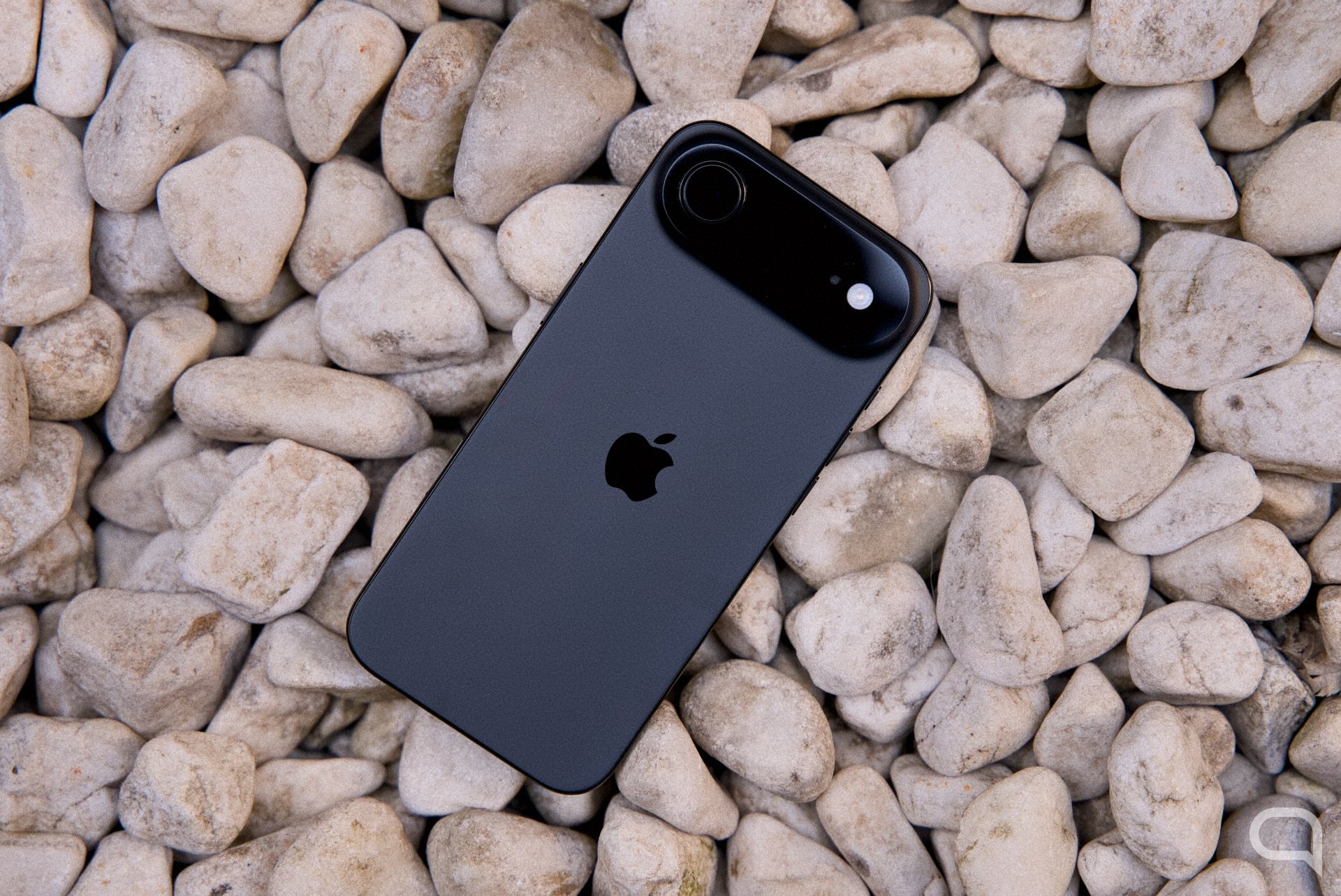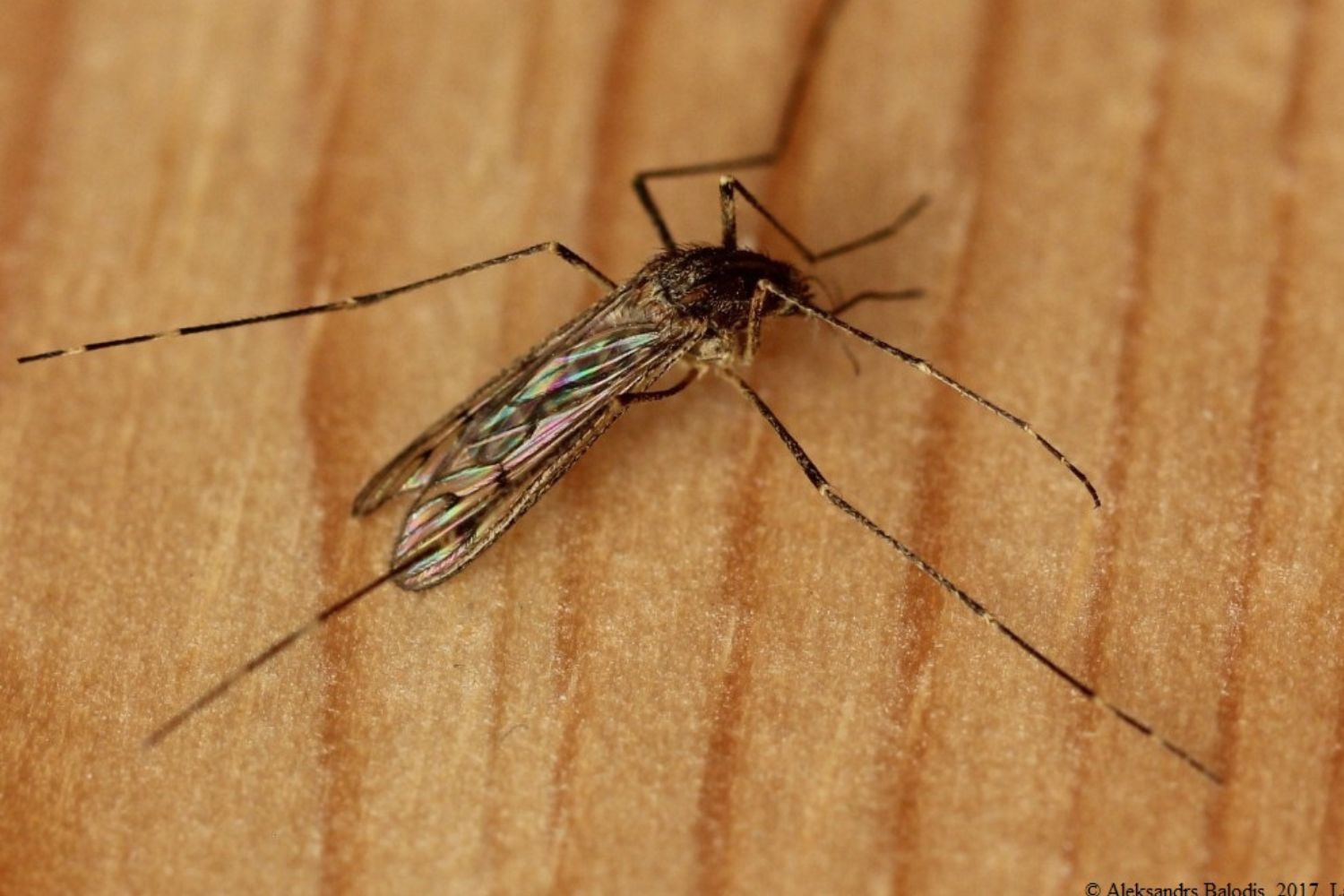South Korean scientists developed lens intraocular injection that can be placed in the eye to detect symptoms Alzheimer’s. In a study published in the scientific journal Bioactive MaterialsResearchers from the Korea Machinery and Materials Institute (KIMM) point out that the ocular implant may be helpful in the early diagnosis of neurodegenerative disorder.
Developed in partnership with Yonsei University and Gangnam Severance Hospital, the intraocular lens may help catch Alzheimer’s in its early stages. Because the eye is directly connected to the brain, they focused on finding ways to detect degeneration non-invasively – which is why the implant was developed with hydrogel, a substance whose main element is water.
The lens emits moire-pattern signals to detect changes in the hydrogel, which in this case is associated with Alzheimer’s — characterized by regular repetition, the moire pattern offers greater sensitivity than other methods of detecting changes in the hydrogel.
“Bioresponsive hydrogels are smart materials that respond to a variety of external stimuli and show great potential as biosensors due to their label-free, real-time sensing capabilities. Here we propose a detection platform based on biologically responsive hydrogels, using the concept of moiré patterns,” published in the study.
Alzheimer’s detector biosensor
After detecting changes in the hydrogel via a signal based on moiré patterns, the scientists were able to analyze the data using signal processing and a special type of “moiré microscope” – they also ran tests on specific proteins.
The new ocular biosensors do not need to use electrochemical, fluorescent tags or any external energy – precisely because they can be implanted in the human body. Scientists claim that the advancement of this technology in the future could help diagnose many other neurological diseases.
Another improvement point is lowering the costs for Alzheimer’s diagnosis. As such, the KIMM researchers say they will continue to encourage further research to aid commercial use of existing technology.
“Changes in moire signals induced by target proteins were detected in ex-vivo settings using a custom intraocular lens containing a hydrogel grid, demonstrating the ability of the proposed system to detect various markers in the intraocular aqueous humor when implanted in the eye,” described in the study.
Source: Tec Mundo
I am Bret Jackson, a professional journalist and author for Gadget Onus, where I specialize in writing about the gaming industry. With over 6 years of experience in my field, I have built up an extensive portfolio that ranges from reviews to interviews with top figures within the industry. My work has been featured on various news sites, providing readers with insightful analysis regarding the current state of gaming culture.












